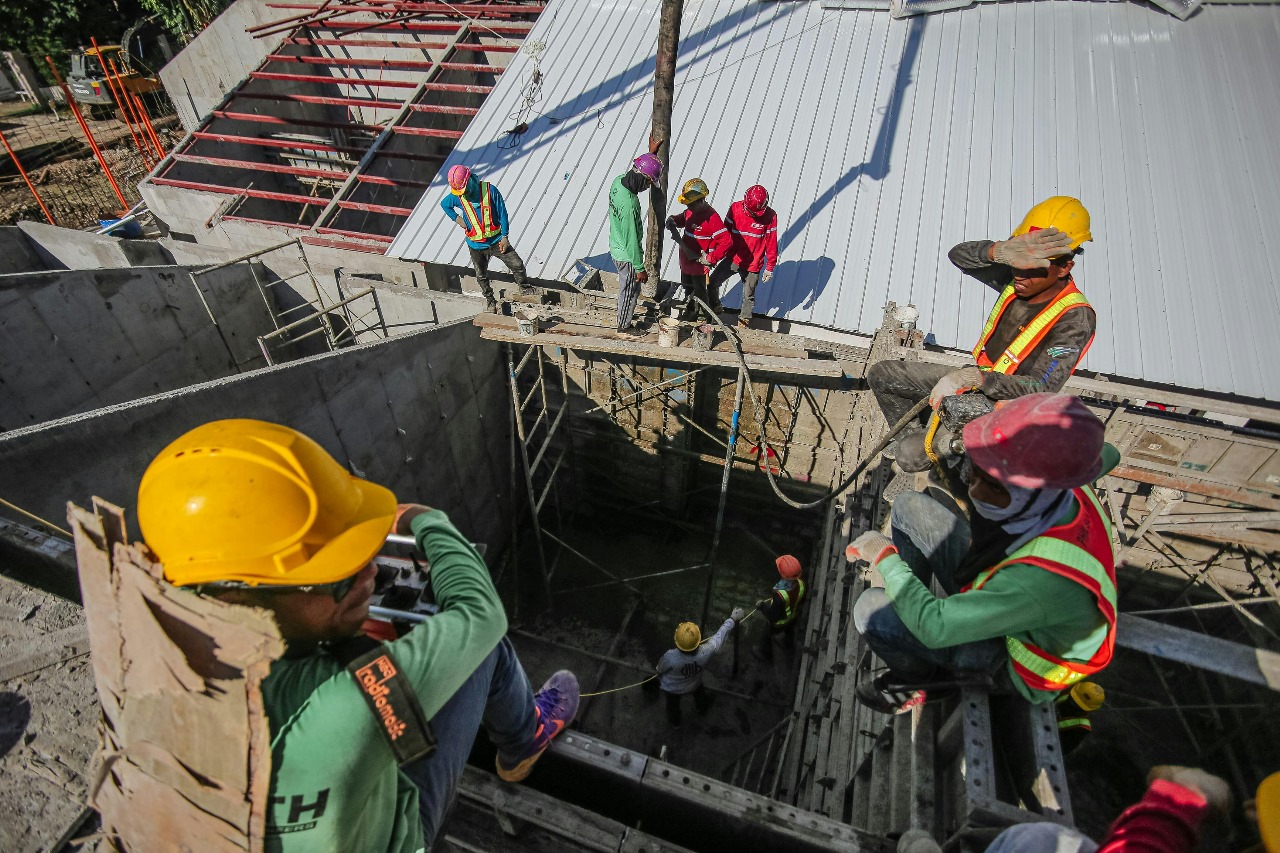The thriving growth of Austin’s built environment is fueled by a booming construction sector. Yet, behind every successful project lies a foundation of rigorous safety protocols and unwavering quality standards. In austin construction, prioritizing safety and quality is not just regulatory compliance—it’s essential to protect workers, communities, and investments while ensuring lasting structures that define the city’s skyline.
This article explores the best practices embraced by Austin construction professionals to maintain high standards of safety and quality throughout every phase of a project.
The Importance of Safety in Austin Construction
Protecting Workers and Communities
Construction sites are inherently risky, with potential hazards ranging from heavy machinery to elevated work platforms. Ensuring the safety of construction workers in Austin is paramount to prevent accidents, injuries, or worse.
In addition, safety measures protect surrounding communities from construction-related dangers such as debris, noise, and traffic disruptions. A culture of safety benefits everyone involved.
Compliance with Regulations
Austin construction projects must comply with federal, state, and local safety regulations, including OSHA standards. Adhering to these rules minimizes legal risks and builds trust with clients and the public.
Best Safety Practices in Austin Construction
Comprehensive Safety Training
Providing thorough training is a cornerstone of safe construction sites. Workers need to understand hazard recognition, equipment operation, emergency procedures, and the use of personal protective equipment (PPE).
Regular refresher courses and toolbox talks keep safety top of mind throughout the project lifecycle.
Use of Personal Protective Equipment (PPE)
Proper PPE—hard hats, safety glasses, gloves, and fall protection harnesses—reduces injury risks. Ensuring that all workers wear the correct PPE consistently is a non-negotiable standard on every Austin construction site.
Site Safety Audits and Inspections
Routine inspections help identify potential hazards before they cause harm. Safety managers conduct daily or weekly audits to verify compliance with safety protocols and to implement corrective actions swiftly.
Emergency Preparedness and Response Plans
Construction teams must have clear emergency response plans, including evacuation routes, first aid stations, and communication protocols. Preparedness saves lives and limits damage during unforeseen incidents.
Ensuring Quality in Austin Construction Projects
Detailed Planning and Design Review
Quality begins in the planning phase. Thorough design reviews and material selections ensure the project meets both client expectations and regulatory requirements. Collaborating with architects, engineers, and contractors reduces costly errors during construction.
Skilled Workforce and Continuous Training
The quality of construction is directly tied to the skills of the workforce. Employing qualified tradespeople and investing in ongoing training ensures craftsmanship that meets the highest standards.
Use of High-Quality Materials and Equipment
Selecting durable, code-compliant materials and maintaining modern equipment are vital for long-term project success. Austin construction teams prioritize sourcing trusted suppliers and adhering to manufacturer specifications.
Rigorous Quality Control Processes
Implementing quality control checkpoints throughout construction allows early detection of defects or deviations. Inspections, testing, and documentation help maintain accountability and deliver a finished product that stands the test of time.
Integrating Safety and Quality for Project Success
Collaborative Communication
Open communication among project managers, safety officers, workers, and clients fosters a culture where safety and quality are equally valued. Regular meetings and transparent reporting keep everyone aligned.
Leveraging Technology
Austin construction companies are increasingly using technology such as Building Information Modeling (BIM), drones, and real-time monitoring systems. These tools enhance safety by detecting hazards early and improve quality by allowing precise construction management.
Continuous Improvement
Adopting a mindset of continuous improvement through feedback loops and lessons learned helps teams refine safety and quality practices for future projects.
Conclusion
The success of Austin construction depends heavily on strict adherence to best practices for safety and quality. Protecting workers, complying with regulations, and delivering top-tier workmanship are not separate goals—they are interconnected pillars supporting the city’s growth and reputation.
By committing to these standards, Austin’s construction industry ensures every project not only shapes the skyline but also reflects the city’s dedication to excellence and care.
